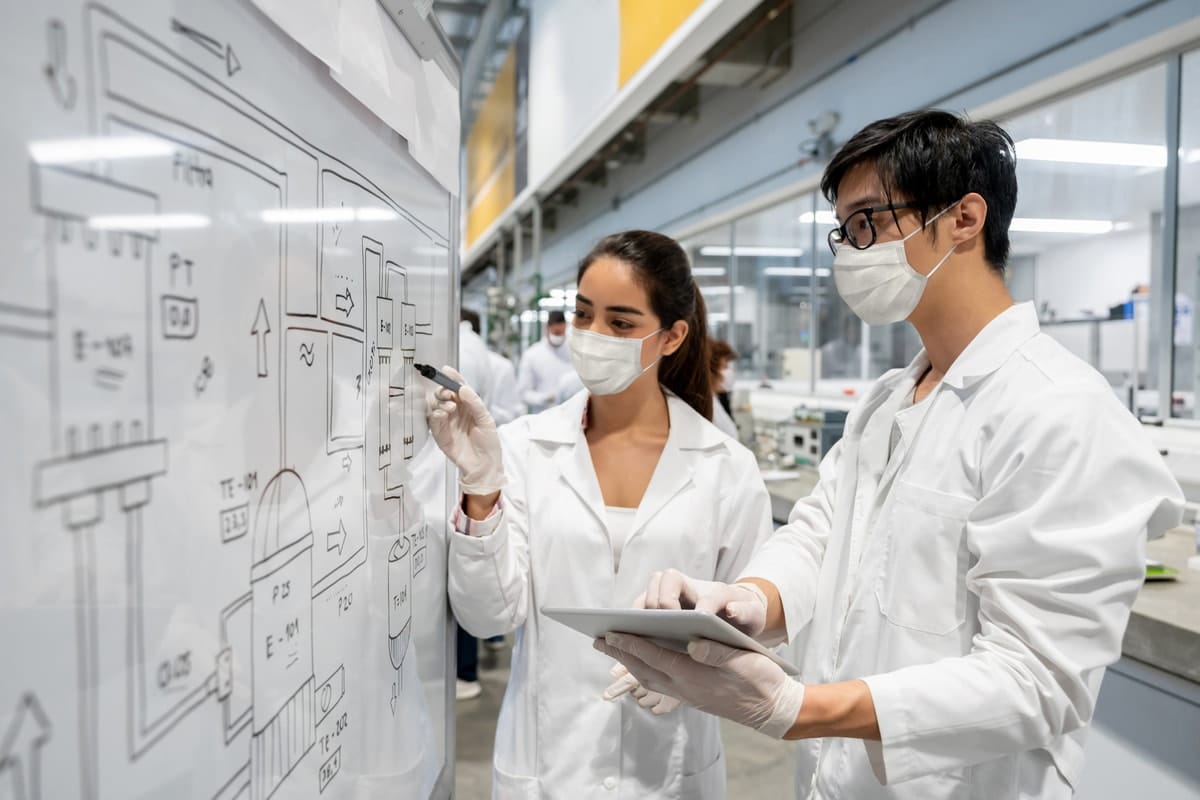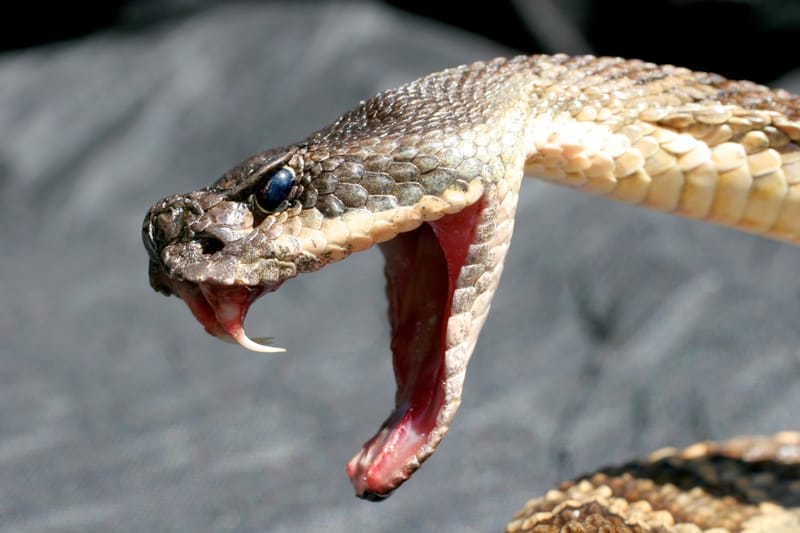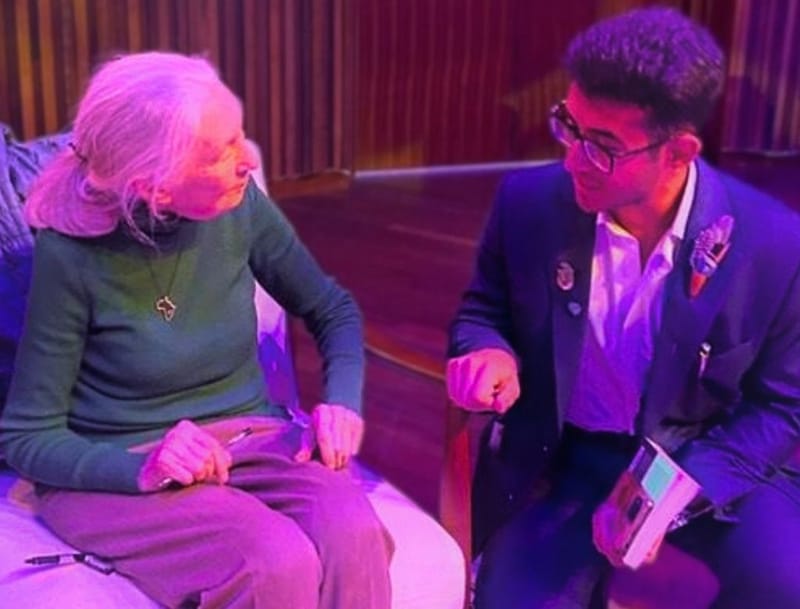
STEM graduates are highly sought-after in multiple global work sectors to support economic recovery after the COVID-19 crisis.
The Australian government has increased funding to encourage higher numbers of STEM graduates from tertiary institutions; we need “wicked scientists” to address future and current challenges of global warming and inequality.
Despite the increase in the raw numbers of STEM graduates, there’s no clear path to encourage these students to identify specific STEM career pathways. We can’t afford to continue the trend of STEM students not being employed in a STEM role after graduation.
Monash’s lineage as a Group of Eight member and global ranking in the top 11% of graduate employability isn’t enough to guarantee graduates jobs. Government pressure to make a clear list of graduate attributes has led universities to either specifically design “employability units” or produce a “unique set” of skills for each degree course.
Are universities are still failing to prepare STEM students for employment?
Science students are known for excellent technical skills as an outcome of a Bachelor of Science degree. However, technical skill teaching has been disastrously disrupted by the COVID-19 pandemic.
As of 2022, third-year science students have only undertaken a single semester of on-campus learning to practise their “wet lab” skills, and have reported feeling unprepared for the graduate workplace.
Can transferable skills fill this gap?
Employers of STEM graduates expect their staff to not only have high technical and content knowledge levels, but also have professional skills such as communication, teamwork, problem-solving and independent thinking to support workplace culture.
Students are taught to recognise the nine key employability skills in themselves, and how to articulate these to employers. However, there’s more to employability than transferable and technical skills.
What actually determines graduate employability?
For the past two decades, higher education has been dominated by the human capital theory that emphasises qualifications and professional skills as sufficient resources for employability.
However, the body of literature has increasingly shown students need to develop and use a range of capitals for their transitions into the labour market. The currently accepted capitals are human (technical and transferable skills), psychological (resilience and self-efficacy), identity (self-directed employment narrative), cultural (understanding cultural differences), and social capital.

In Australia, there’s much evidence for the significant role of social ties built through networking in graduates’ workforce entry and career progression. Networking can give graduates insider knowledge of job opportunities and equip them for a competitive job market.
There are many places where scientists are needed, but if graduates don’t know the careers open to them, they can’t establish focused professional growth.
For employers to feel confident hiring individuals who graduated from their course in the 2020s, they need to be convinced of graduates’ worthiness for employment.
However, social capital isn’t simply “networking” – it’s a body of robust human connections that build a graduate’s employability across a range of areas.
One current problem is that STEM students aren’t taught how to build effective social connections. Adding someone on LinkedIn isn’t enough – students need to form positive, professional relationships with stakeholders such as lecturers, alumni and industry contacts through repeated interactions.
Read more: Refining the framework for school-based STEM education
The Australian job recruitment process relies heavily on word-of-mouth and mutual acquaintances to get to a formal job offer. Relationships must be nurtured through shared interests to the point that a graduate feels comfortable asking their lecturer to act as a job application referee.
They also need to not forget that their peers will eventually be young professionals who may benefit them during their careers. The key is for students to start building their social capital early in their course.
Social capital can empower STEM graduate employability
A first step is to help students develop a strong LinkedIn profile early in their educational journey to increase their online visibility. Employers often check social media before hiring, and rather than allow a questionable Facebook profile to be the first “Google hit”, students should put forth a professional persona from the beginning of their course.
Once they have an online presence, they can build their social capital through joining professional groups, taking advantage of mentoring, and opting-in for work-integrated learning internships.
Read more: When is the “right” time to invest in women and STEM?
A problem is that a high proportion of higher education students don’t engage with free career services offered by universities. So how can we reliably reach students to share these valuable opportunities?
One advantage in science education is that students must attend labs facilitated by teaching tssociates (TAs). Currently, the focus is for TAs to build student technical skills, but we can also harness their power to build social capital.
TAs can form the crucial bridge between academics, industry, and other professionals. We need buy-in from these individuals to disseminate information about employability outside of human capital.
Unit coordinators can begin to leverage the TA pool’s expertise by springboarding from the following four questions:
- Identity capital – What does their career pathway look like?
- Cultural capital – What global experiences do they have?
- Psychological capital – How do they deal with setbacks?
- Social capital – What personal and professional connections have they leveraged?
For employers to feel confident hiring individuals who graduated from their course in the 2020s, they need to be convinced of graduates’ worthiness for employment.
It’s now up to educators to help their students succeed through building their capitals and their public persona of career-readiness.





